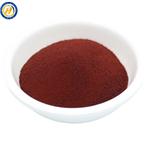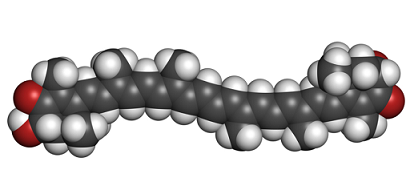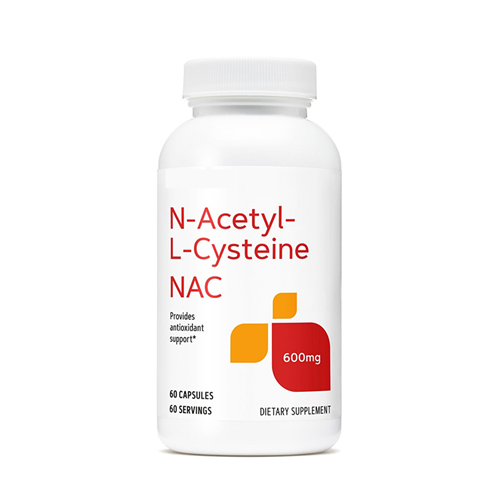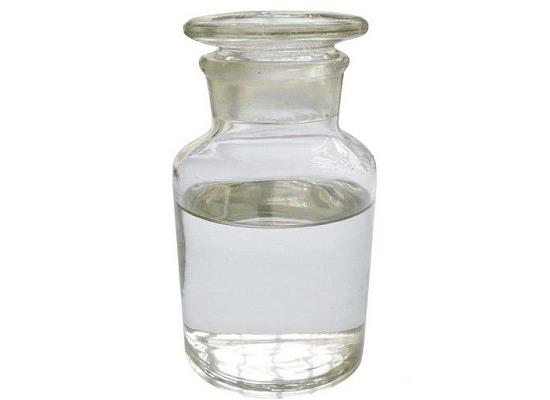Astaxanthin:Biological activities and benefits and Dangers
What is Astaxanthin?
Astaxanthin is a high value red pigment and antioxidant widely used in the pharmaceutical, cosmetic and food industries. Astaxanthin belongs to the carotenoid group of compounds. It is found in a variety of microorganisms and marine animals, and its natural sources include algae, yeast, salmon, trout, krill, shrimp, and crayfish.Astaxanthin has been approved by the FDA for use as a food colouring agent in animal and fish feed. It is also used as a dietary supplement in humans and animals, where consumption of astaxanthin may prevent or reduce the risk of various diseases (diabetes, cardiovascular disease, cancer, etc.).

Biological activities and benefits
Antioxidant
Studies have shown Astaxanthin to have higher antioxidant activity compared to multiple carotenoids such as lutein, lycopene, α-carotene and β-carotene. Its antioxidant activity is 10 times higher than that of zeaxanthin, lutein, keratanin, β-carotene and 100 times higher than that of α-tocopherol. This is related to the unique molecular structure of astaxanthin, with hydroxyl and ketone groups on each ionic ring. The polyene chains in astaxanthin trap free radicals in the cell membrane, and the terminal ring of astaxanthin scavenges free radicals inside and outside the cell membrane. Serum antioxidant enzyme activities were assessed after the addition of astaxanthin to the diet of rabbits and showed enhanced activity of superoxide dismutase and thioredoxin reductase .
Anti-Lipid Peroxidation Activity
Astaxanthin has a unique molecular structure which enables it to stay both in and outside the cell membrane. It gives better protection than β-carotene and Vitamin C which can be positioned inside the lipid bilayer. It serves as a safeguard against oxidative damage by various mechanisms, like quenching of singlet oxygen; scavenging of radicals to prevent chain reactions; preservation of membrane structure by inhibiting lipid peroxidation; enhancement of immune system function and regulation of gene expression. Astaxanthin and its esters showed 80% anti-lipid peroxidation activity in ethanol induced gastric ulcer rats and skin cancer rats. Astaxanthin inhibited lipid peroxidation in biological samples reported by various authors.
Anti-Inflammation
Astaxanthin has anti-inflammatory properties. Algal cell extracts of Haematococcus and Chlorella significantly reduced bacterial load and gastric inflammation in Helicobacter pylori infected mice. It was also protective against high glucose-induced oxidative stress, inflammation and apoptosis in proximal renal tubular epithelial cells.
Anti-Diabetic Activity
Studies have shown that astaxanthin reduces oxidative stress induced by hyperglycaemia in pancreatic beta cells, and also improves glucose and serum insulin levels. It has also been shown to be a good immunological agent for restoring lymphocyte dysfunction associated with diabetic rats. In addition, another study showed that astaxanthin was able to prevent diabetic nephropathy by reducing oxidative stress and renal cell damage.
Cardiovascular Disease Prevention
Astaxanthin is a potential therapeutic agent against atherosclerotic cardiovascular disease. Effects of astaxanthin on blood pressure have been reported in spontaneously hypertensive rats (SHR), normotensive Wistar Kyoto rats (NWKR), and stroke-prone spontaneously hypertensive rats (SPSHR). Astaxanthin was found in plasma, heart, liver and platelets, basal arterial blood flow was increased in mice fed with astaxanthin derivatives, and human umbilical cord vascular endothelial cells and platelets treated with astaxanthin showed elevated levels of nitric oxide and decreased levels of peroxynitrite.
Anticancer
Astaxanthin was found to have significant anti-tumour activity compared to other carotenoids such as keratins and beta-carotene. It also inhibits the growth of fibrosarcoma, breast cancer, prostate cancer cells and embryonic fibroblasts. Astaxanthin also inhibited chemically induced cell death, cell proliferation and mammary tumours in male/female rats and mice.
Dangers of Astaxanthin
Astaxanthin is well tolerated and has no side effects when consumed with food. Animal studies have also found no toxic effects. Excessive consumption of astaxanthin can cause yellow to slightly reddish pigmentation in the skin of animals. Taking astaxanthin in humans may result in increased bowel movements and reddish stool colour. High doses of astaxanthin may also cause stomach pain.
References:
[1] RANGA RAO AMBATI. Astaxanthin: sources, extraction, stability, biological activities and its commercial applications–a review.[J]. Marine Drugs, 2014, 12 1: 128-152. DOI:10.3390/md12010128.
[2] BARBARA STACHOWIAK; Piotr S. Astaxanthin for the Food Industry.[J]. Molecules, 2021. DOI:10.3390/molecules26092666.
[3] JING CHEN, XIANGZHAO MAO* Heterologous Expression of the Plant-Derived Astaxanthin Biosynthesis Pathway in Yarrowia lipolytica for Glycosylated Astaxanthin Production[J]. Journal of Agricultural and Food Chemistry, 2023. DOI:10.1021/acs.jafc.2c08153.
[4] YANJUN LIU. Hydrophilic Astaxanthin: PEGylated Astaxanthin Fights Diabetes by Enhancing the Solubility and Oral Absorbability[J]. Journal of Agricultural and Food Chemistry, 2020. DOI:10.1021/acs.jafc.0c00784.
You may like
Related articles And Qustion
See also
Lastest Price from Astaxanthin manufacturers

US $0.00-0.00/kg2024-05-07
- CAS:
- 472-61-7
- Min. Order:
- 20kg
- Purity:
- 99%
- Supply Ability:
- 200000

US $280.00-160.00/KG2024-04-28
- CAS:
- 472-61-7
- Min. Order:
- 1KG
- Purity:
- 5% by HPLC
- Supply Ability:
- 20 tons




